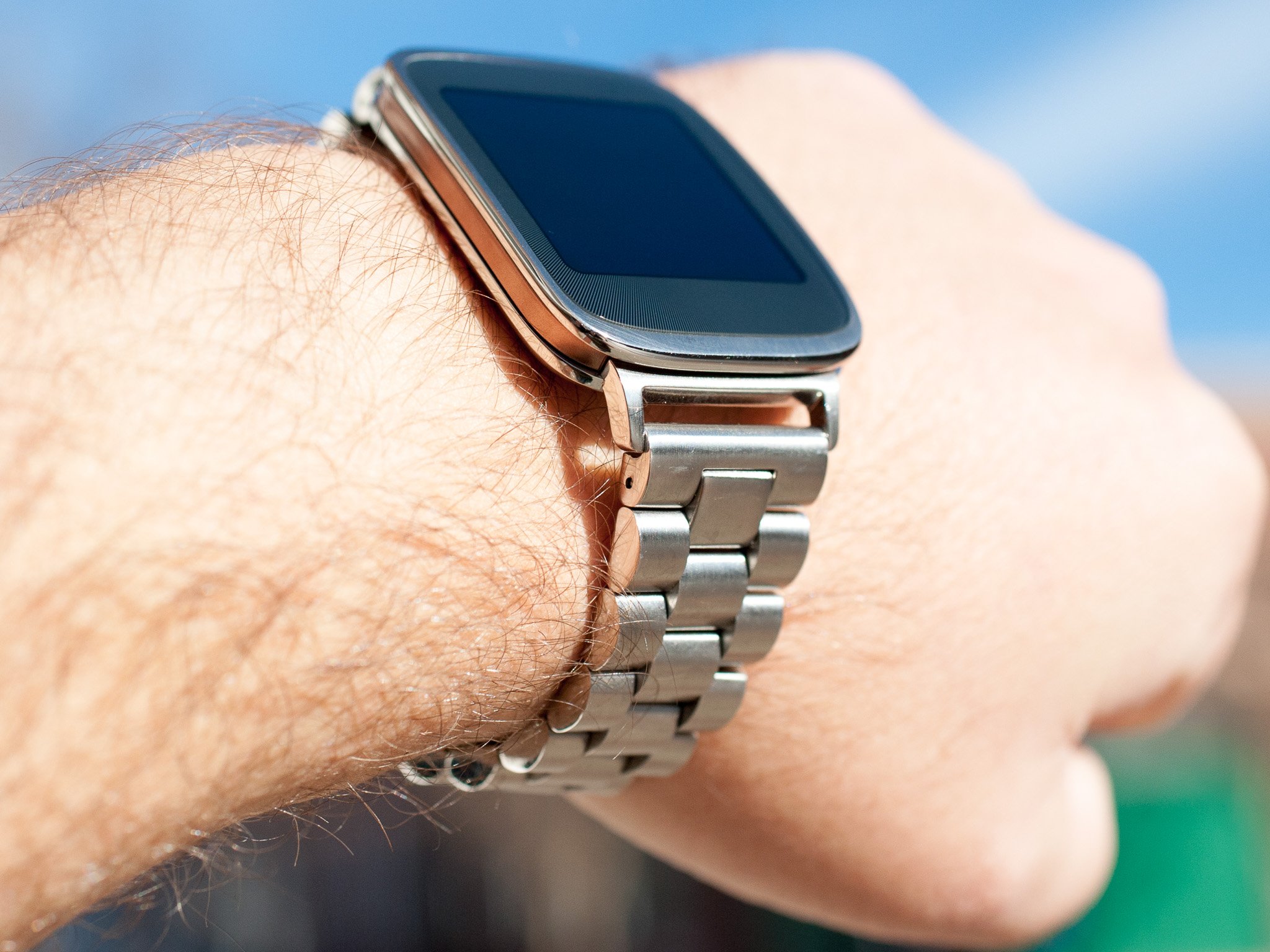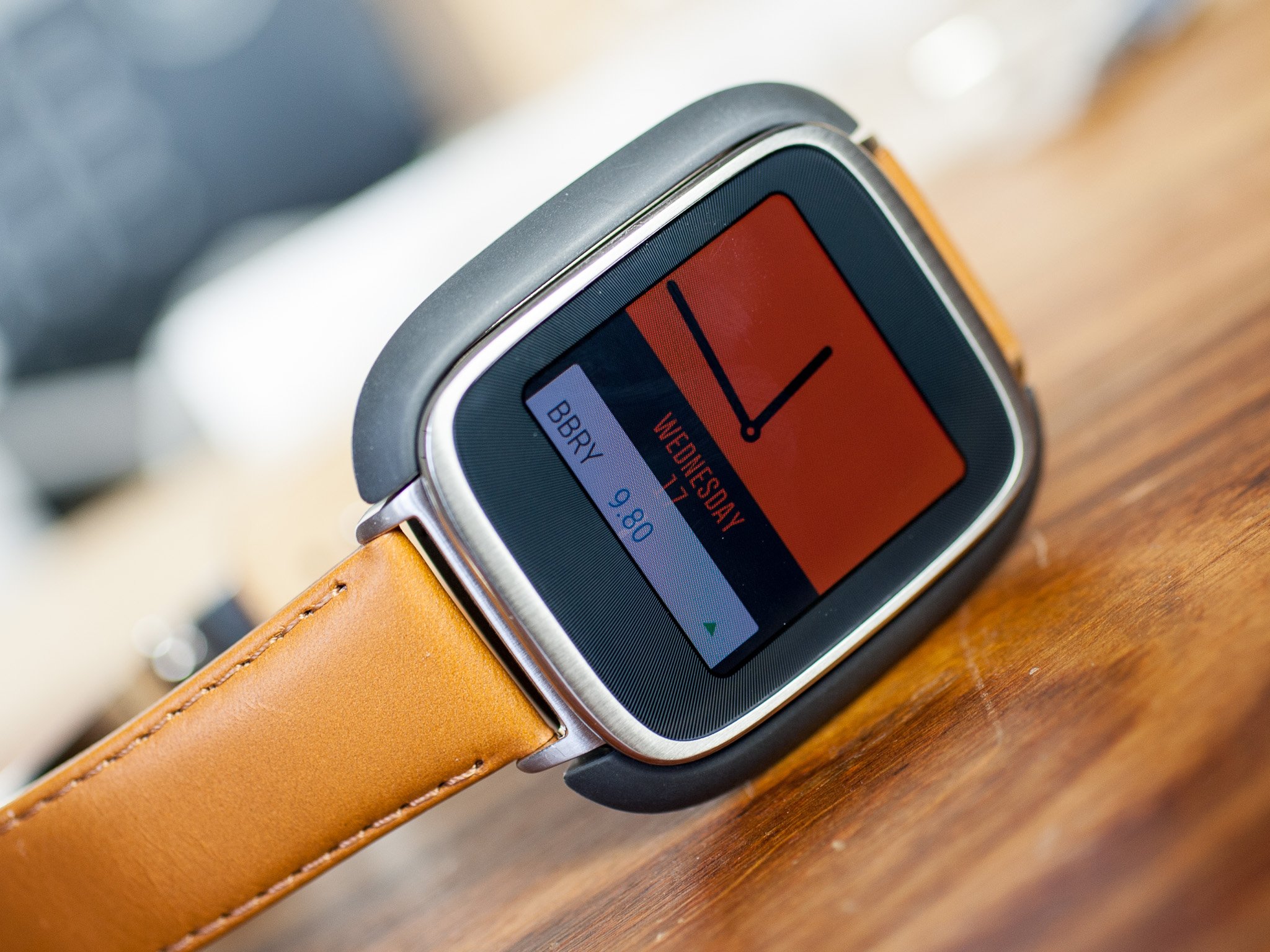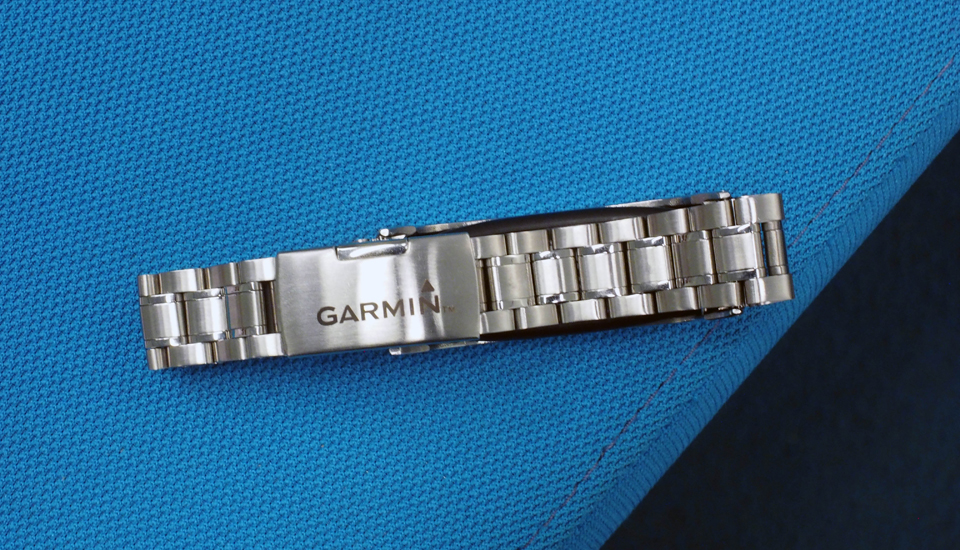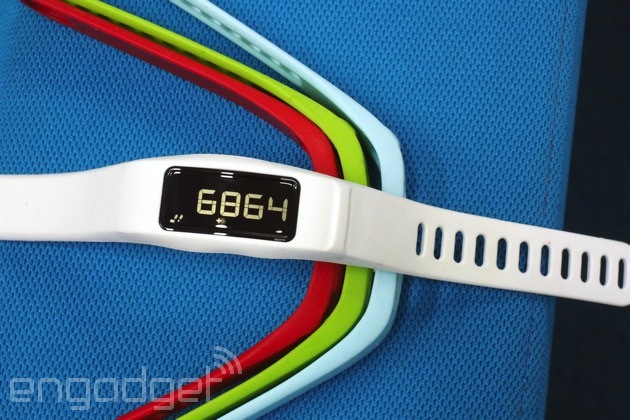Of all the Android Wear devices to appear in 2014, we didn't think it would be Asus that landed with the most elegant solution.
That's not because Asus can't do design - just look at some of the Zenbook models - but because we expected a low price, high volume approach. It's very pleasant to find that Asus has put design first and the results are excellent.
There's a quality and an essential appeal that some of the other devices lack. It might not be the most fully feature packed, but it could be the most popular. We've adorned our wrist with the ZenWatch and this is our full review.
Design to be seen in
We've taken issue with some of the Android Wear devices already launched from a design point of view. The first devices were rather generic, like OEM devices. The Moto 360 didn't tickle our fancy, but the LG G Watch R gave us something that had watch appeal.The Asus ZenWatch has a sort of dress watch appeal to its design. Where the G Watch R has those sporty divers watch looks, the ZenWatch looks like the sort of thing that would sit nicely with a proper shirt and your finely tailored suit.

It's slim enough to slip under a cuff without catching and leading to that awkward hoisted cuff sydrome that big watches often cause. The stainless steel finish, offset with a rose gold middle and quality leather strap make the ZenWatch a wearable you might actually want to wear.
The real leather stitched strap feels great wearing all day long, a step above the Horween leather band we saw on the Moto 360. The lugs are designed conventionally, so you should be able to easily fit any 22mm strap, be that leather, metal or cloth, to suit your style.
The clasp is perhaps a little clunky compared to those you'll find on many watches and carries the only visible Asus branding. It's easy to adjust though, so fitting it to your wrist isn't a problem. The design might not be as slick as your favourite Swiss Watch, but it's more sophisticated than many of other stock smartwatch straps.

The ZenWatch weighs 75g and measures 51 x 39.9mm on the face, with the thickness ranging from 7.9-9.4mm. It isn't too large, but sizable enough to make it easy to use with a 1.63-inch display.
Overall, we think it's one of the best looking examples of an Android Wear device that we've seen so far and it's one of the watches that we'd be happy to wear day-to-day, without feeling like we're wearing a toy. It's also IP55 rated, so you don't have to worry about splashing it.
Curved display
There's a curve to the display, topped with Corning Gorilla Glass 3, which leads to a lovely effect. It makes the ZenWatch a little more individual. Although this display isn't round, it doesn't suffer as a result, as it pulls it off nicely, with a sophistication that's missing from some of the other square watches out there.The display is AMOLED, so capable of some nice punchy colours, with a 320 x 320 pixel resolution, 278ppi. That's entirely typical of this type of device, the same sort of resolution as you'll find elsewhere. There's plenty of brightness, with options for extra bright outdoors mode. Although we didn't have bright sunshine (December in London), we didn't have a problem seeing the display.

You have the option for the display to be always on, which is one we like. However, it isn't just beaming out and burning through the battery, it dims and strips away some of your watch face design so you're left with the essentials - the time and date.
If battery life is a larger concern you can have it switch off completely, then activate with a rotation of your wrist. As we've found with other smartwatches, this is a little slow to react, so having the display stay on in that dimmed state is a real bonus for those sideways glances. We think it's worth the tradeoff in battery endurance to have that immediate access.
Asus has some nice watch faces on offer and the move to Lollipop means you can download and install from Google Play, with a rapidly increasing array on offer.
Carbon copy internals, battery life
There isn't a huge range of differentiation in internal hardware on Android Wear watches and the Qualcomm Snapdragon 400 1.2GGHz chipset, 512GB of RAM and 4GB of internal storage are entirely typical.There's heart rate sensor integrated into the bezel on the front (rather than optically on the rear), a full range of motion sensors and a microphone but no speaker.

Asus lists the battery as 1.4Wh in its official specs, with others reporting it as 360mAh. That will see the ZenWatch through a typical day in the real world, but you don't want to find yourself too far from the charger, as you'll want to charge it most nights.
We found ourselves arriving at the end of the day with juice left in the tank, but it very much depends on what you're doing with it. The more notifications you browse, if you're using it to play music to Bluetooth headphones, or using the Remote Camera app, the battery will drain faster.
We're still some way from seeing the sort of 5-day battery life you get from the Pebble, but the ZenWatch performs well, offering better endurance than some of the first-gen devices we've reviewed.

There's no direct charging connection on the ZenWatch. Instead it needs to be attached to the limpet-like charging base that connects to the back. That plate will accept a Micro-USB charger, so at least you only need to the take the base with you on your travels.
Some connection concerns
Not much is said about Bluetooth connections or their stability in these devices. We had an inkling that Bluetooth on the ZenWatch wasn't as solid as some. This might be limited to our review device, but we found that music playback over Bluetooth headphones was rather broken - so much so it was annoying.We also had the connection with our Nexus 6 dropped a few times too - typically when trying to issue a voice command, where it becomes most obvious. Trying to dictate a reply to a message when driving, we found it wasn't responding and this wasn't an isolated incident.
On the whole though, the connection wasn't a problem for notifications and general use.
Sweet software: Lollipop watch, with extras
The ZenWatch updated to Android 5 during the time we were reviewing it and that, combined with the latest Android Wear app on your connected smartphone, makes for an experience that's getting slicker all the time. Android Wear is more fully featured than it was, making these devices progressively better.That means you can now sync Play Music tracks to your watch and go offline, listening to them through Bluetooth headphones. It's easy to do, but as we mentioned, we found the playback was a little rough, dropping the connection occasionally.

In other areas, things are more accessible, with recently used apps sitting at the top of the list for quicker access. If you habitually want to play with the settings, you'll find it jump to the top of the list.
We also like the new way that notifications are handled like Lollipop. There are three modes accessed when you drag down from the top of the watch, off, priority and all, like your Lollipop phone.
Asus isn't one to just let Google do everything and it has added some extras to the mix. That leads to some duplications, just as you find in many phones. There's Asus' own Wellness app that looks to offer the sorts of features you'll find in Google Fit, but with a little more detail. It's closer to S Health in that regard, but we'd happily pick Fit, as it gathers enough data for us and syncs across devices easily.

To access everything the ZenWatch will do, you'll need to download the ZenWatch Manager app. This opens up another range of functions, such as watch finder, an alarm so you don't walk off and leave your phone sitting somewhere, as well as some rather random options like flashlight.
This had us puzzled. You can use your phone to turn your watch into a flashlight using the display as illumination. Why? We don't know, as you could use your phone itself. However, you can swipe up and down the watch display to change the colour and you can have it flashing.
Want a flashing orange light on your ZenWatch face? You got it. Why do you want that? We have absolutely no idea.
A notion in the back of Pocket-lint's collective hive mind suggested that turning the display red might be a nice way to read things in the dark while preserving your night vision. That could be useful for checking maps in the dark or a target photo if you're an assassin. Maybe this is more of a Bond watch than we thought.

Remote Camera is an interesting option and one of a number of Asus apps that are Android Wear compatible. This will let you take control of your phone's rear camera. The pitch is to let you take quality selfies, previewing the image on your watch before capturing it with a twist of the wrist.
It's clever, but by the time you've previewed the shot, coordinated your hands and friends, given the camera your best Blue Steel and flicked your wrist, you'll probably wished you just used the regular front camera instead.

So on one hand, Google has made Android Wear better and Asus has looked for opportunities to add value and innovate through software. We like that, there's a few juicy extras, but the core experience, like other Android Wear devices, remains intact. Make no mistake though, we think Google's progressive maturation brings better results to the platform as a whole.
Verdict
Of all the Android Wear devices out there, we think the ZenWatch is the most elegant. It has a design that looks like a watch and using a quality strap makes a difference. Ok, so it might not be a Jaeger-LeCoultre alligator strap, but it looks good, feels good and is nice to wear.Designed as it is, with greater sartorial sensitivity than its rivals, you'll probably not miss the lack of GPS. You won't really want to go running in this watch, and we think its specifications suit its design.
Asus' attention to software is encouraging, as it could bear fruit in the future, and partnered with Android's improving Wear experience, the ZenWatch emerges as one of our favourite wearables so far.










































